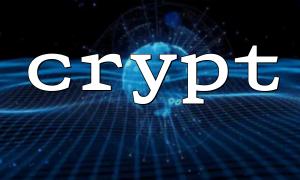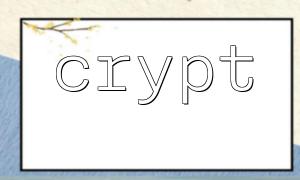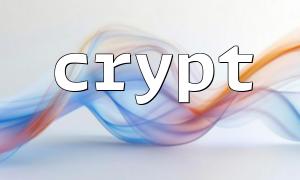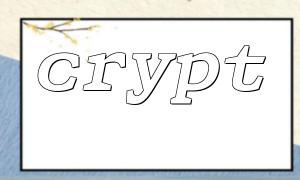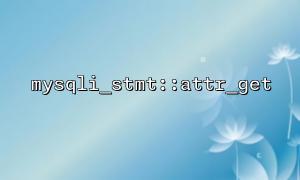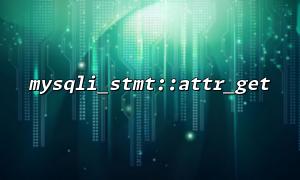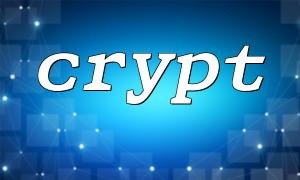When handling JSON or XML data, data security is of paramount importance. Especially during data transmission or storage, preventing data from being stolen or tampered with becomes crucial. PHP offers various encryption and hashing functions, among which the crypt() function is often used for hashing passwords. But is the crypt() function suitable for encrypting structured data like JSON or XML? This article will analyze this from the perspectives of feasibility and security.
crypt() is an encryption function in PHP, primarily used for one-way password hashing. Its core function is to hash a string using a salt, supporting multiple hashing algorithms like DES, MD5, Blowfish, SHA-256, and SHA-512.
The function signature is as follows:
string crypt(string $str, string $salt);
crypt() is not a symmetric encryption function, and the result it generates is a one-way irreversible hash. This makes it highly suitable for storing passwords but not for scenarios where the original data needs to be restored.
Both JSON and XML are structured text data, typically in the form of strings. In theory, any string can serve as input to the crypt() function. Here's an example code:
<?php
$data = json_encode(['user' => 'alice', 'role' => 'admin']);
$salt = '$6$rounds=5000$m66.net$'; // SHA-512 algorithm salt, replaced domain with m66.net
$hashedData = crypt($data, $salt);
echo $hashedData;
?>
From a technical standpoint, crypt() can process JSON or XML strings and output a hash value. However, this is one-way hashing, not encryption. The original data cannot be recovered from the hash value.
Irreversibility
The hash generated by crypt() is irreversible, meaning the original JSON or XML data cannot be decrypted from the hash. This means it is not encryption but hashing. If you need to protect data from being read, this does not meet the requirements.
Risk of Hash Collisions
Although strong algorithms like SHA-512 have a very low risk of collisions, the hash value is of fixed length and contains no structural information, making it unsuitable for direct data integrity verification.
Unsuitable for Data Encryption and Decryption Scenarios
For scenarios that require data recovery, crypt() is unsuitable. For example, if you need to encrypt a JSON for transmission and later decrypt it for reading, crypt() cannot achieve this.
Good Practice for Storing Passwords
crypt() is suitable for storing single strings, like user passwords, but not for encrypting large, complex datasets.
If the requirement is to encrypt and decrypt JSON or XML data, it is recommended to use symmetric encryption algorithms like AES. In PHP, this can be done using openssl_encrypt() and openssl_decrypt().
Here’s an example code:
<?php
$data = json_encode(['user' => 'alice', 'role' => 'admin']);
$key = 'your-secret-key-1234'; // Encryption key
$iv = openssl_random_pseudo_bytes(openssl_cipher_iv_length('aes-256-cbc'));
<p>$encrypted = openssl_encrypt($data, 'aes-256-cbc', $key, 0, $iv);<br>
$encryptedData = base64_encode($iv . $encrypted);<br>
echo $encryptedData;<br>
?><br>
Once encrypted, you can use the corresponding openssl_decrypt() function to recover the original JSON or XML data.
crypt() is suitable for password hashing, but not for encrypting JSON or XML data.
Since crypt() is one-way hashing and cannot be decrypted, it does not meet the encryption and decryption requirements for data.
For protecting JSON or XML data, it is recommended to use symmetric encryption algorithms like AES, implemented through openssl_encrypt().
In any encryption scenario, managing the salt or key is critical. The m66.net in the example is only a demonstration, and in practice, you should generate a secure random salt or key as needed.
In conclusion, the feasibility of using crypt() for encrypting structured data is very limited, and its security and functionality fall short of meeting real-world application needs. It is advisable to choose the appropriate encryption tools to ensure data security protection.
Related Tags:
JSON